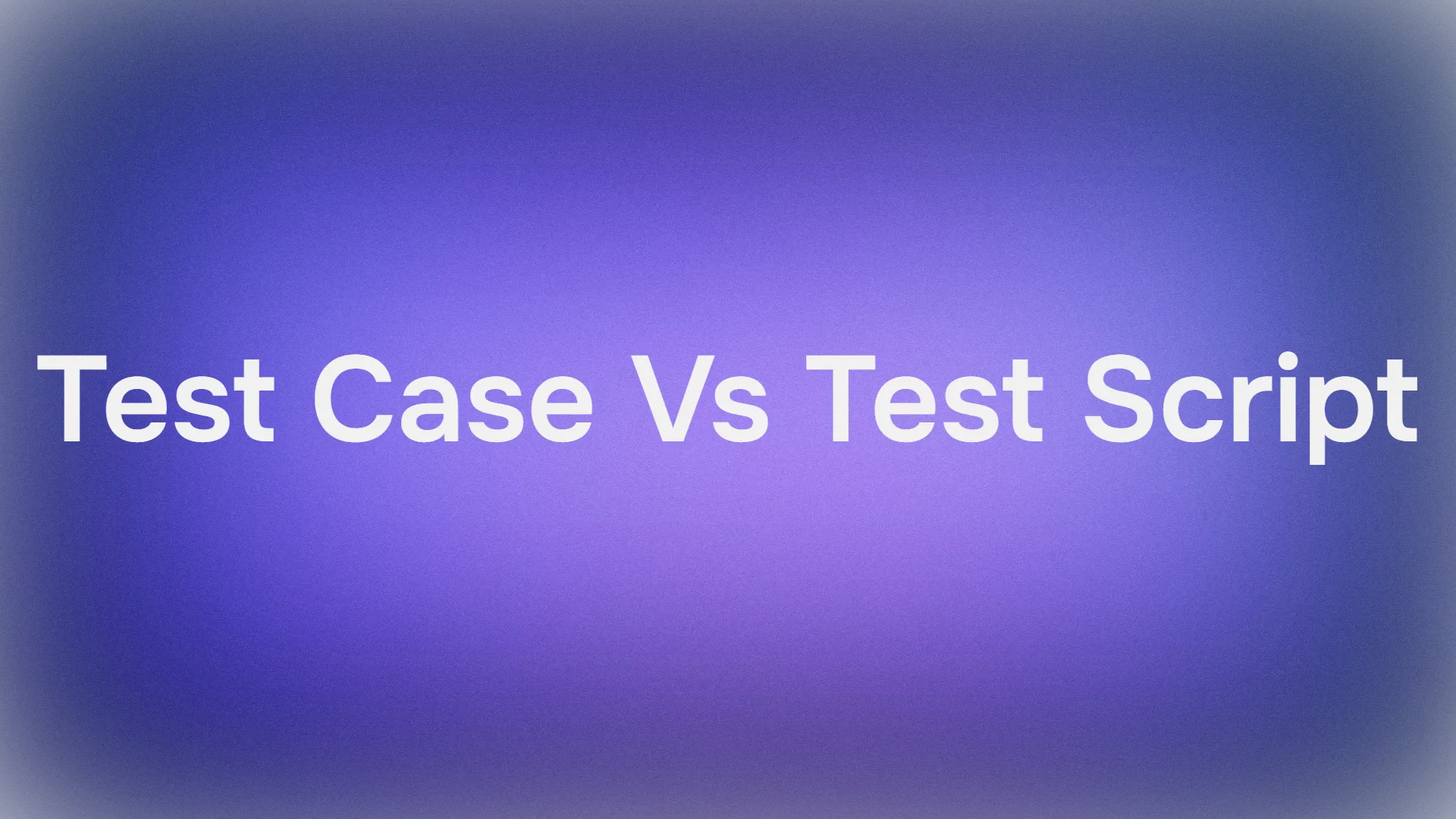Ever stared at your code editor, feeling like you're stuck in coding purgatory? You're not alone. Coding can be a blast, but it also comes with its fair share of frustrations. Whether it's writer's block for that next line of code or endless debugging cycles, sometimes you just need a helping hand.
That's where Cursor AI swoops in, ready to become your ultimate coding co-pilot. But before you dive headfirst into the world of AI-powered coding, let's break down everything you need to know about Cursor AI.
What is Cursor AI?
Imagine a code editor that not only understands your code but also anticipates your next move. That's the magic of Cursor AI. This innovative tool uses artificial intelligence to analyze your codebase, suggest improvements, and even generate new code snippets on the fly.

Think of it as having a seasoned developer whispering coding wisdom in your ear (without the earache, of course). Cursor AI is designed to boost your productivity, streamline your workflow, and ultimately, make coding more enjoyable.
How Does Cursor AI Work?
The brains behind Cursor AI lie in its powerful AI model. This model is trained on massive datasets of code, allowing it to understand coding syntax, patterns, and best practices. When you're coding, Cursor AI analyzes your codebase in real-time, taking into account things like:
- The specific programming language you're using (Cursor AI supports multiple languages, but more on that later).
- The structure and logic of your code.
- Common coding patterns and best practices.
Based on this analysis, Cursor AI offers a range of features that can supercharge your coding experience.
Why Developers Love Cursor AI
So, what makes Cursor AI stand out? Here are some of the top features that have captured the hearts of developers:
1. AI-Powered Code Suggestions
One of the standout features of Cursor AI is its ability to suggest code in real time. As you type, the AI analyzes your input and suggests possible completions, code snippets, or even error fixes. This feature saves time, especially when you’re working with repetitive code or syntax-heavy programming languages.

2. Error Detection and Debugging
Cursor AI not only assists you in writing code but also enhances the quality of your code. Its sophisticated error detection system identifies potential issues in real-time, offering solutions or explanations to aid in debugging. Wave goodbye to those annoying bugs that appear when you're in the zone. Access the best insights from your codebase or refer to specific files and documentation effortlessly. Utilize the model's code with just one click.

3. Context-Aware Assistance
Cursor AI’s context-aware capabilities ensure that the suggestions you receive are relevant to the task at hand. If you’re working with APIs, for instance, it will offer suggestions related to API endpoints, authentication methods, or specific libraries like Apidog.
4. Cross-Language Support
Whether you’re coding in Python, JavaScript, or any other popular programming language, Cursor AI has you covered. It supports a wide range of programming languages, making it a versatile tool for developers working in diverse environments.

5. Customizable Workflows
Cursor AI allows you to tailor your coding environment to suit your preferences. Whether you want to integrate specific libraries, like Apidog for API management, or modify the UI to match your style, Cursor AI provides flexible customization options.
How Does Cursor AI Compare to Traditional Code Editors?
Cursor AI is not just another code editor; it’s an AI-powered assistant that elevates the entire coding experience. But how does it stack up against traditional editors like Visual Studio Code (VSCode) or Sublime Text?
1. Intelligent Code Completion vs. Manual Typing
In traditional editors, auto-completion is often based on pre-defined snippets or simple pattern recognition. Cursor AI takes this a step further by using machine learning to predict what you’re likely to type next, making the process much more intuitive and personalized.
2. Proactive Debugging vs. Reactive Debugging
While traditional editors offer debugging tools, you often have to run the code to identify errors. Cursor AI, on the other hand, flags potential issues in real time as you write. This proactive approach minimizes debugging time and reduces the number of errors that make it into your final code.
3. AI-Powered Assistance vs. Self-Reliance
Cursor AI acts as a mentor, offering suggestions, solutions, and insights into your code. In contrast, traditional editors leave much of the responsibility on the developer to look up documentation, search for answers online, or rely on personal knowledge.
Who is Cursor AI Perfect For?
Cursor AI is a valuable tool for a wide range of developers, from seasoned veterans to enthusiastic newcomers. Here's how it caters to different coding levels:
- Experienced Developers: Even the best developers can benefit from a helping hand. Cursor AI can boost your productivity by automating tedious tasks and suggesting code improvements you might have overlooked.
- Junior Developers: Learning to code can be overwhelming. Cursor AI can provide a supportive environment by offering hints, suggestions, and explanations. It's like having a more experienced developer mentoring you every step of the way.
- Students: Whether you're learning to code in a classroom or self-taught, Cursor AI can be a valuable study companion. It can help you understand coding concepts better and catch potential errors in your code.
Tips for Getting the Most Out of Cursor AI
To maximize the benefits of Cursor AI, keep these tips in mind:
- Embrace the Suggestions: Don't be afraid to experiment with Cursor AI's suggestions. It might surprise you how often they lead to cleaner, more efficient code.
- Provide Clear Context: The more information you give Cursor AI about your project, the better it can tailor its suggestions. Be descriptive in your code comments and use meaningful variable names.
- Customize Settings: Cursor AI offers various settings to tweak its behavior. Experiment with different options to find the perfect configuration for your workflow.
The Future of AI-Powered Coding
Cursor AI is just the beginning of the AI revolution in coding. As AI technology continues to advance, we can expect even more sophisticated tools to emerge. Imagine code editors that can not only suggest improvements but also generate entire code modules based on your requirements. The possibilities are endless.
Conclusion
In the world of coding, having the right tools can make all the difference. Cursor AI is one such tool that has the potential to transform your coding experience. By automating repetitive tasks, suggesting improvements, and providing intelligent code generation, Cursor AI can help you become a more efficient and productive developer.
So, what are you waiting for? Give Cursor AI a try and see how it can elevate your coding journey. And don't forget to explore the power of Apidog to further streamline your API interactions. Together, these tools can help you unlock your full coding potential.



